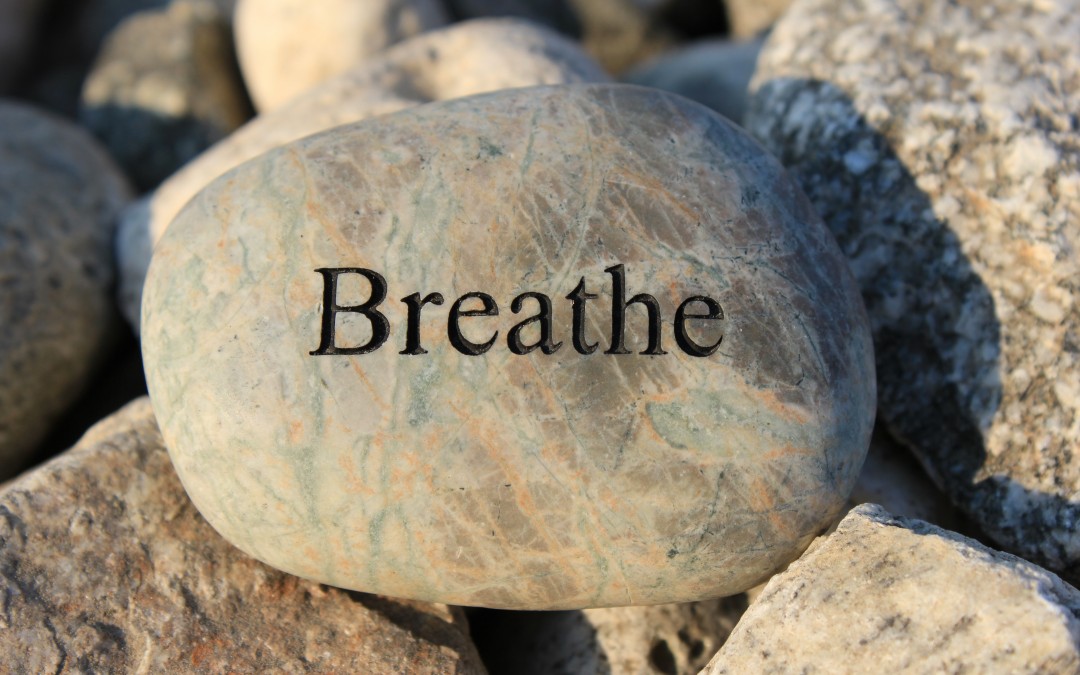It feels super urgent!
I know. You want to send the email, the text, march over to the house, fix it!! Because it feels like if you don’t, it’s just going to get worse.
Maybe it’s a painfully awkward conversation with a boyfriend, or a fight with your sister, or even an upsetting situation at work.
You might have said something you didn’t really mean, or you didn’t get the response you hoped for. Perhaps it was the other person who brought up something unexpected that caught you off guard.
Things left on an awkward or painful note are difficult to tolerate.
In these situations, you might find that your inner critic is trying to convince you that it’s all your fault and that you’d better do something about it now! – reminding you that in addition to causing a problem for yourself, it’s likely that you’re responsible for someone else’s distress.
This leads to the frantic thinking, the hurried draft of a text that gets written and rewritten, the painful calls to friends looking for help, perhaps the desperate desire to do anything that will “fix it”. It leads to the dust being all stirred up!
You can’t see what’s really going on with the dust all stirred up!
So, if you write that email or make that call, it’s likely you’re jumping the gun, reacting to the mess and not to all the information that might be at hand.
If you wait a bit, and let the dust settle, you might just discover some additional perspective that helps you to see and feel more of what’s really going on and be more effective in your response.
Giving it some time is a good start.
Plain old time really can work some magic. Deliberately choosing to let some minutes or hours or days (yes, days!) pass can really help things settle and give you perspective.
Giving it some quality time is even better.
If you give yourself time AND find ways to be curious about the situation – if you can make space for your feelings, your needs and your desires – if you can cultivate some compassion for yourself and the other person – you’ll be able to see and experience the bigger picture with more clarity. You will be able to respond more creatively and more effectively.
Let’s take a look at how your body can be a guide to help you do this.
YOUR BODY KNOWS
Read over the instructions first. Get comfortable and then feel free to take as much or little time as you’d like.
1. Think about a situation or interaction with someone that left you feeling awkward, upset, anxious, frenzied or even desperate.
When you remember this time, notice what happens with your thoughts, your emotions and in your body.
2. When you consider this experience, see if you can be curious about it. Can you find some self-compassion and just notice your own responses without judging them?
3. Try to allow your body to settle. Can you take a few slow, deliberate breaths in and then out? Can you sit back in your seat or firmly plant your feet on the floor? Can you shake off some of the tension? (literally, shake your arms, your legs, your torso, your head) Can you let yourself relax?
When you do this, and you bring curiosity to your experience, what do you notice? Do you see anything differently about yourself, the other person, or the situation?
As you allow yourself some time and some settling, are there any new or different ideas you have for how it might make sense to respond? (Or if the situation is over, how you might have responded differently?)
Guess what? You’re practicing mindfulness.
Bringing non-judgmental awareness to your present moment experience.
Mind-body health can be supported by so many different practices and resources and if you’re curious, I encourage you to start or continue learning more.
If you are considering therapy for yourself and you’re interested in a free consultation to see if a creative, body-centered approach to therapy might be right for you, please get in touch.



